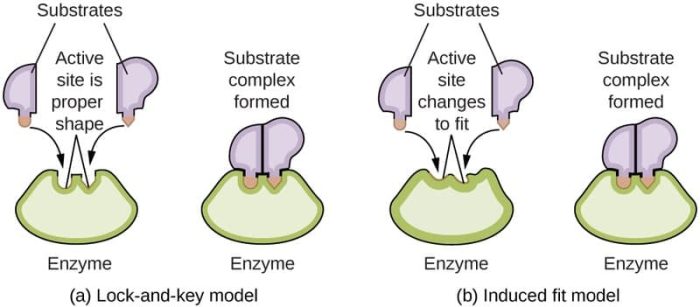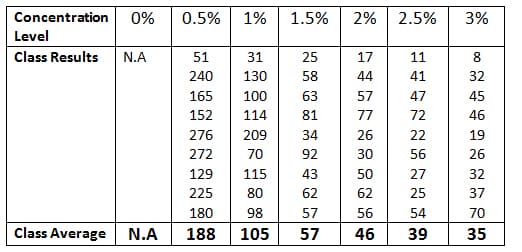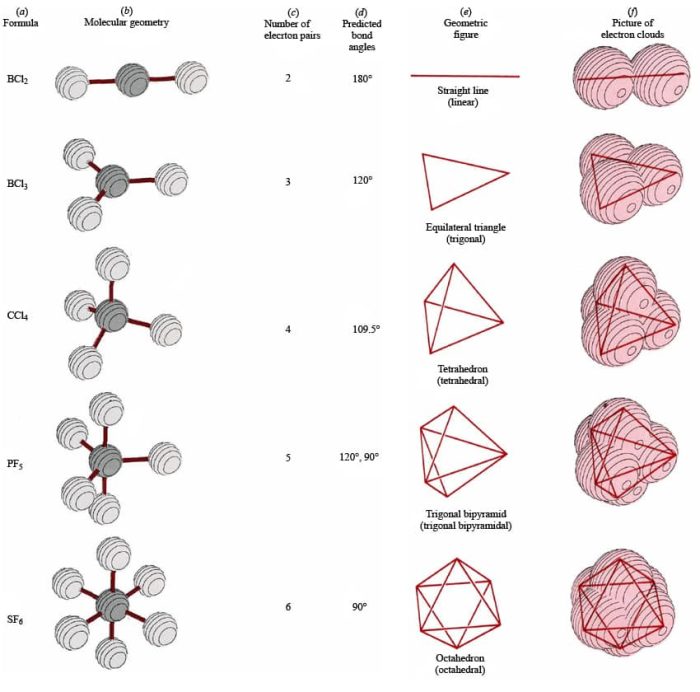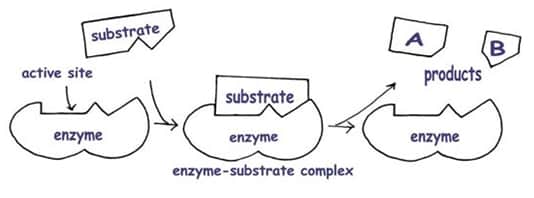Enzymes as a Biological Catalyst
ENZYMES AND METABOLISM Chemical reaction – a process that changes/transforms one set of chemicals into another. Chemical reactions always involve changes in the chemical bonds that join atoms in compounds. Reactants – elements that begin/enter the chemical reaction Products – elements that are produced by chemical reaction Energy may be either released or absorbed during…




